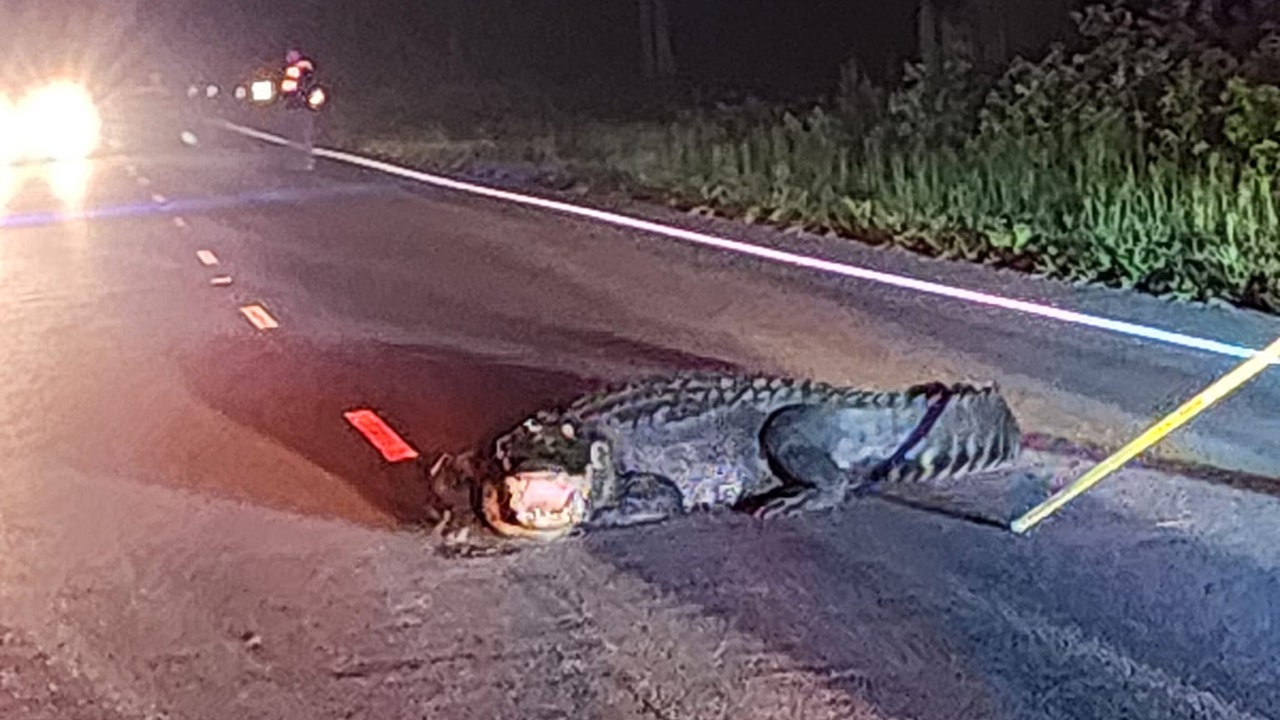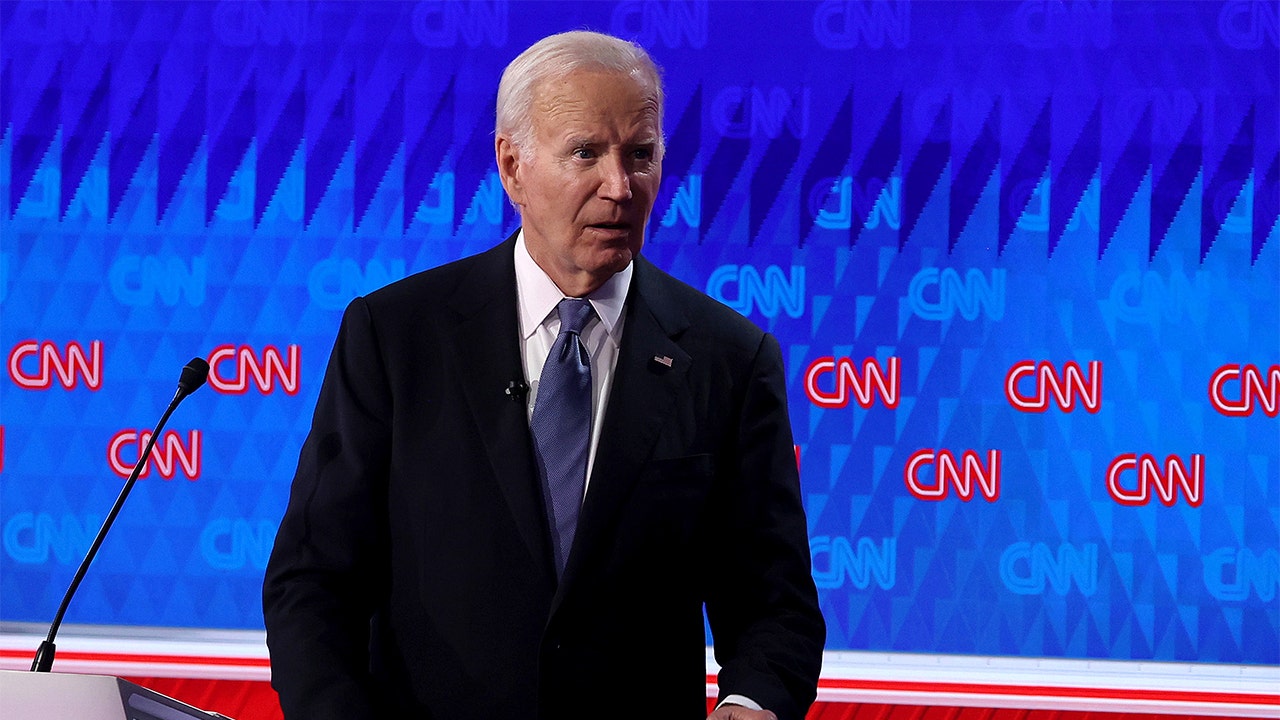Drone crew conducts first all-Marine satellite comms launch, recovery
:quality(70)/cloudfront-us-east-1.images.arcpublishing.com/archetype/XASOEXOQIZBHNJPL4LU45DSLZ4.jpg)
A Hawaii-based aviation unit recently conducted the first all-Marine satellite communications launch and recovery as the force aims to grow its drone force and capabilities for future operations.
The Marine Unmanned Aerial Vehicle Squadron (VMU) 3 “Phantoms,” hit the operational milestone June 20 out of Marine Corps Air Station Kaneohe Bay, Hawaii, according to a press release.
The event is significant because typically when units do launch and recovery missions, they must run command and control through line-of-sight communications, which severely restricts distances and requires specialized aviators and large transport aircraft.
By using the satellite infrastructure, units can streamline and lengthen operational reach for drones and other assets. But historically the Marine Corps, the smallest of the military branches, has had to rely on the Air Force or Army both for such expertise and equipment.
RELATED
As the Corps pushes to operate more distributed and in smaller teams, especially across the vast Pacific region, it has also sought to expand its drone fleet, drone operator force and the capabilities of those drones.
In 2022 the Marines requested $63 million for rapid prototyping, more than six times what it had requested the previous year. And $20 million of that money was tied to developing payloads for its newly acquired MQ-9 Reaper drone fleet.
The service had leased the drones and used contracted operators since at least 2018, prior to acquiring the first two MQ-9s in 2021. As of earlier in 2024, the Corps had 10 in its fleet with another 10 scheduled for delivery by fiscal year 2025.
By mid-2023 the Unmanned Aerial Vehicle Squadron 3 had reached operational status.
The MQ-9A Reaper ― primarily used for intelligence, surveillance and reconnaissance ― can fly 20 hours or more and reach an altitude of up to 25,000 feet, according to the Corps’ 2022 aviation plan.
As the number of drones in the Corps inventory increases, so too does the demand for drone pilots and crews.
Commandant Gen. Eric Smith told Congress during budget testimony in April that the service needs to establish its own MQ-9 school to train crews rather than relying on the Air Force.
As of December 2023, the Corps had 100 MQ-9A drone pilots, Marine Corps Times previously reported.
The MQ-9A focus came after Congress eliminated funding for a future-leaning program dubbed the Marine Air-Ground Task Force Unmanned Expeditionary, Medium-Altitude, High-Endurance, or MUX, aircraft.
The MUX program had sought to rely on a single drone to conduct, coordinate and relay reconnaissance, counter-reconnaissance, communications, electromagnetic attack and conventional strike missions. The platform would have served as a central node, connecting the entire battlefield.
Though the platform lost funding, the Corps has continued working the MUX concept with its existing MQ-9A Reapers through what officials have called a “family of systems” approach that will lean on capabilities within the drone, amphibious ships and ground-based assets.
Shortening vast distances hasn’t been limited to platforms either.
The Marine Corps recently announced that it had landed the first fixed wing aircraft, a KC-130J Super Hercules tanker, on a refurbished airfield on the Pacific island of Peleliu, the site of a historic Marine battle in 1944.
Such bases close distance for aerial assets to key locations such as mainland Japan, Okinawa and the Philippines.
Read the full article here



:quality(70)/cloudfront-us-east-1.images.arcpublishing.com/archetype/KZIXE4DKGVJE4R3IGNDUG23XGB.jpg)



